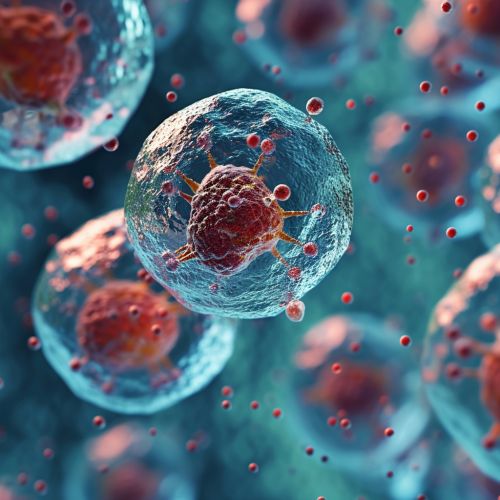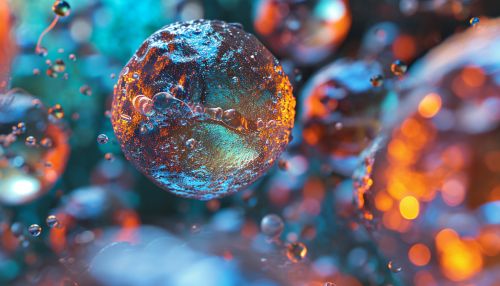Salvage Pathway
Overview
The salvage pathway, also known as the nucleotide salvage pathway, is a series of biochemical reactions that allow cells to recycle nucleotides from degraded RNA and DNA molecules. This pathway is crucial for the conservation of energy and resources within the cell, as it allows for the reuse of existing nucleotides rather than the synthesis of new ones from scratch. The salvage pathway is particularly important in cells that divide rapidly, such as those in the bone marrow, skin, and intestinal lining, where the demand for nucleotides is high.


Biochemical Reactions
The salvage pathway involves several key enzymes, including adenine phosphoribosyltransferase (APRT) and hypoxanthine-guanine phosphoribosyltransferase (HGPRT). These enzymes catalyze the transfer of a phosphoribosyl group from phosphoribosyl pyrophosphate (PRPP) to the base, forming a nucleotide monophosphate. This reaction is reversible, allowing for the breakdown of nucleotides back into bases and PRPP.
APRT catalyzes the reaction of adenine with PRPP to form adenosine monophosphate (AMP), while HGPRT catalyzes the reaction of guanine with PRPP to form guanosine monophosphate (GMP) and the reaction of hypoxanthine with PRPP to form inosine monophosphate (IMP). Other enzymes involved in the salvage pathway include thymidine kinase (TK) and uridine-cytidine kinase (UCK), which phosphorylate thymidine and uridine/cytidine, respectively, to their monophosphate forms.
Role in Cellular Metabolism
The salvage pathway plays a critical role in cellular metabolism, particularly in cells with high turnover rates. It allows for the efficient reuse of nucleotides, reducing the energy and resources required for nucleotide synthesis. This is particularly important in cells that divide rapidly, as these cells have a high demand for nucleotides for DNA replication.
In addition to its role in nucleotide conservation, the salvage pathway also plays a role in the regulation of purine and pyrimidine levels within the cell. By recycling nucleotides, the salvage pathway helps to maintain a balance between the synthesis and degradation of these molecules, preventing their accumulation to toxic levels.
Clinical Significance
Defects in the enzymes involved in the salvage pathway can lead to a variety of genetic disorders. For example, a deficiency in HGPRT results in Lesch-Nyhan syndrome, a rare genetic disorder characterized by overproduction of uric acid, neurological abnormalities, and self-mutilating behaviors. Similarly, a deficiency in APRT can lead to adenine phosphoribosyltransferase deficiency, a disorder characterized by the formation of kidney stones and possible kidney failure.
The salvage pathway is also a target for certain antiviral and anticancer drugs. For instance, the antiviral drug acyclovir is phosphorylated by the viral enzyme thymidine kinase, which is more active in infected cells than in healthy cells. This selective activation makes acyclovir an effective treatment for herpes simplex virus infections. Similarly, the anticancer drug mercaptopurine is activated by HGPRT, inhibiting purine synthesis and thereby slowing the growth of rapidly dividing cancer cells.
